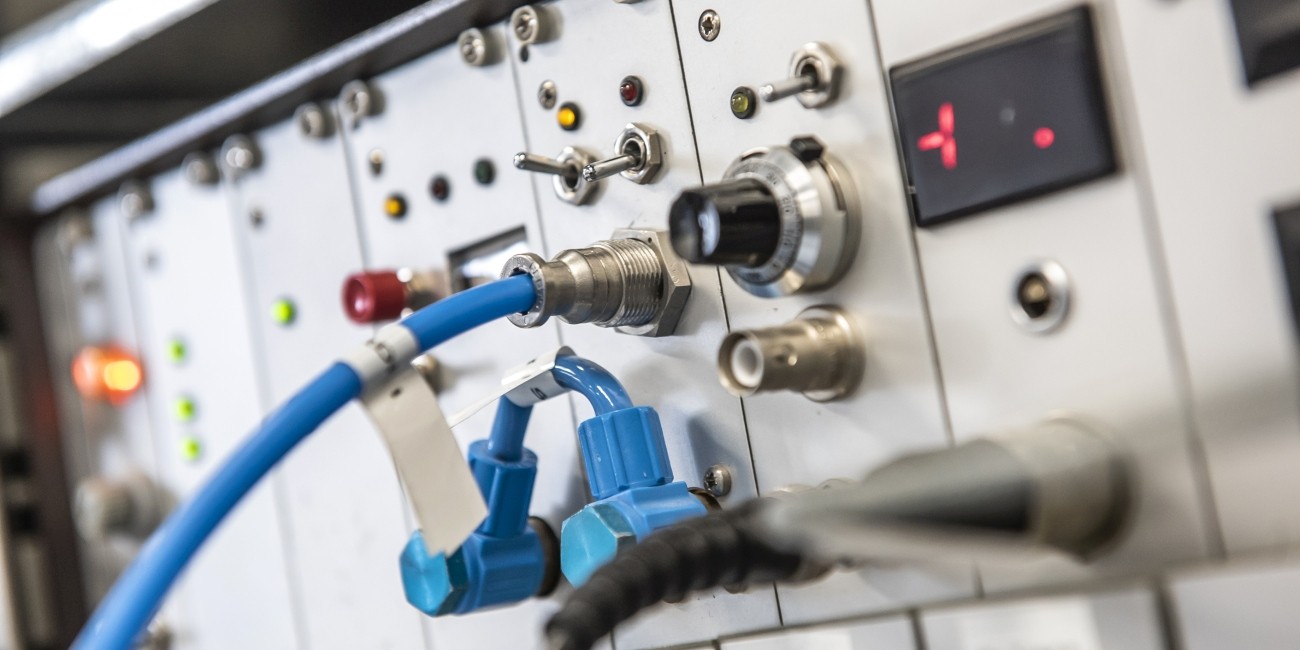Experiment 2.5 – Deceleration and Diffusion of Neutrons
This experiment deals with the properties and the detection of neutrons. Being electrically neutral neutrons interact with matter not by the electric interaction but only by the strong interaction. In this experiment, fast neutrons emitted by a source are decelerated in a large water tank and then captured by indium foils at different locations in the tank. The indium foils are activated and their beta activity is measured by four parallel counter tubes. In this way, the spatial distribution of the neutrons within the water tank can be extracted. In particular, the neutron flux at thermal energies (about 1/40 eV) and epithermal energies (resonance in indium at 1.46 eV) is determined from a difference measurement.
With this tasks observables in nuclear physics are introduced (neutrons, nuclear scattering, cross section, excited states in nuclei etc.) and, particularly, the production and detection of neutrons is addressed. Different methods of activation are applied in quantitative material analysis and the understanding of the interaction of neutrons is an important prerequisite for the principle and the operation of nuclear power plants.




